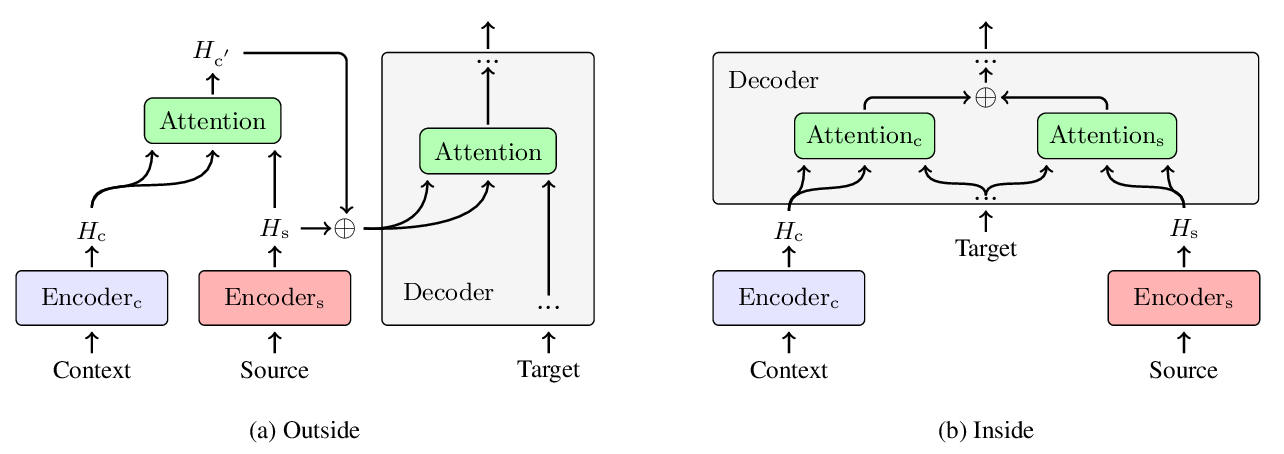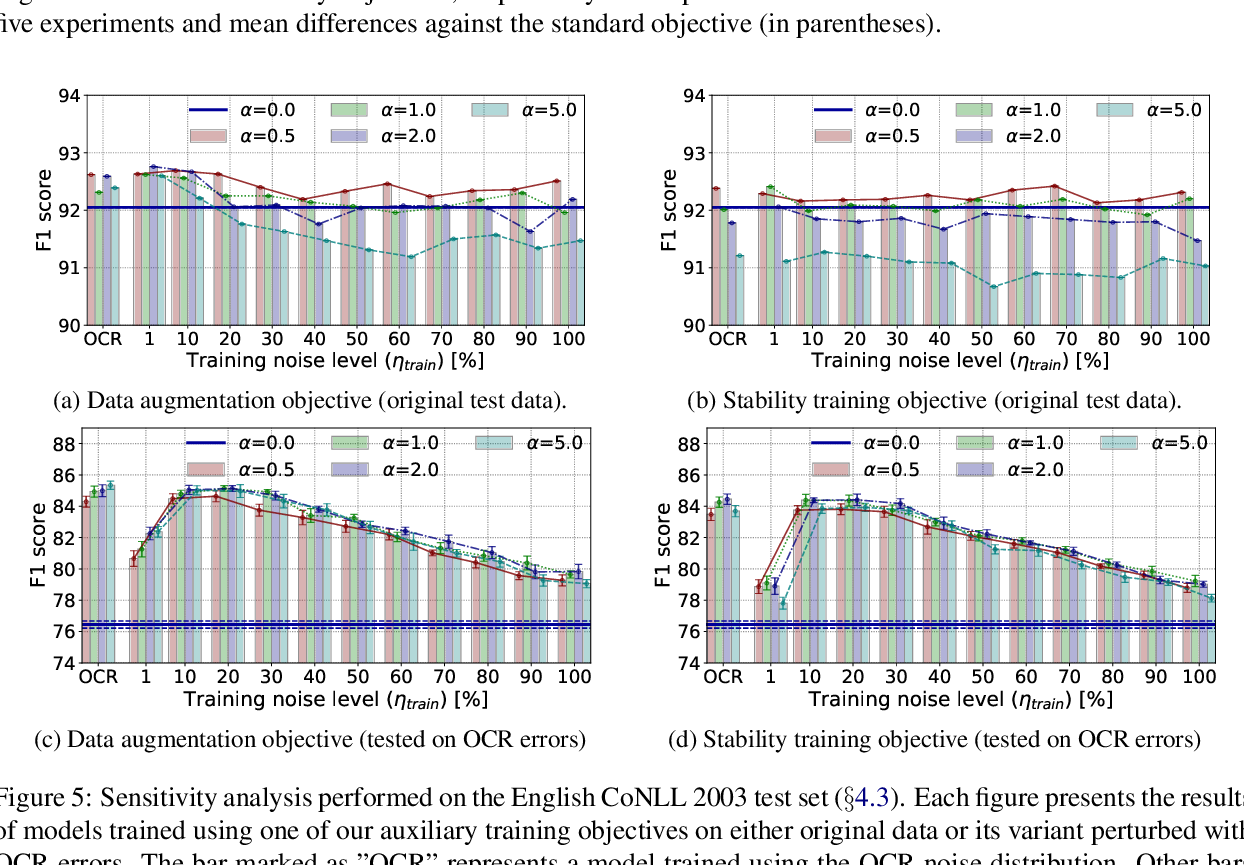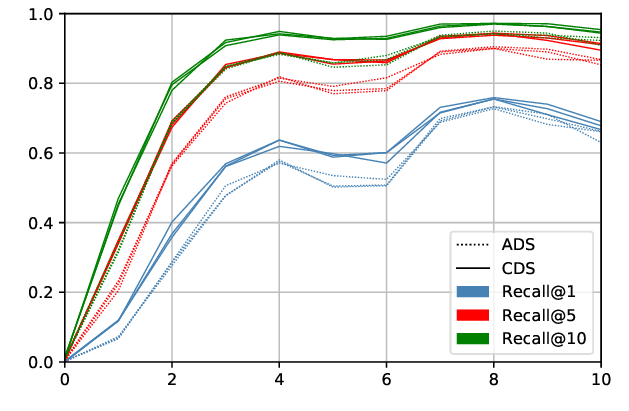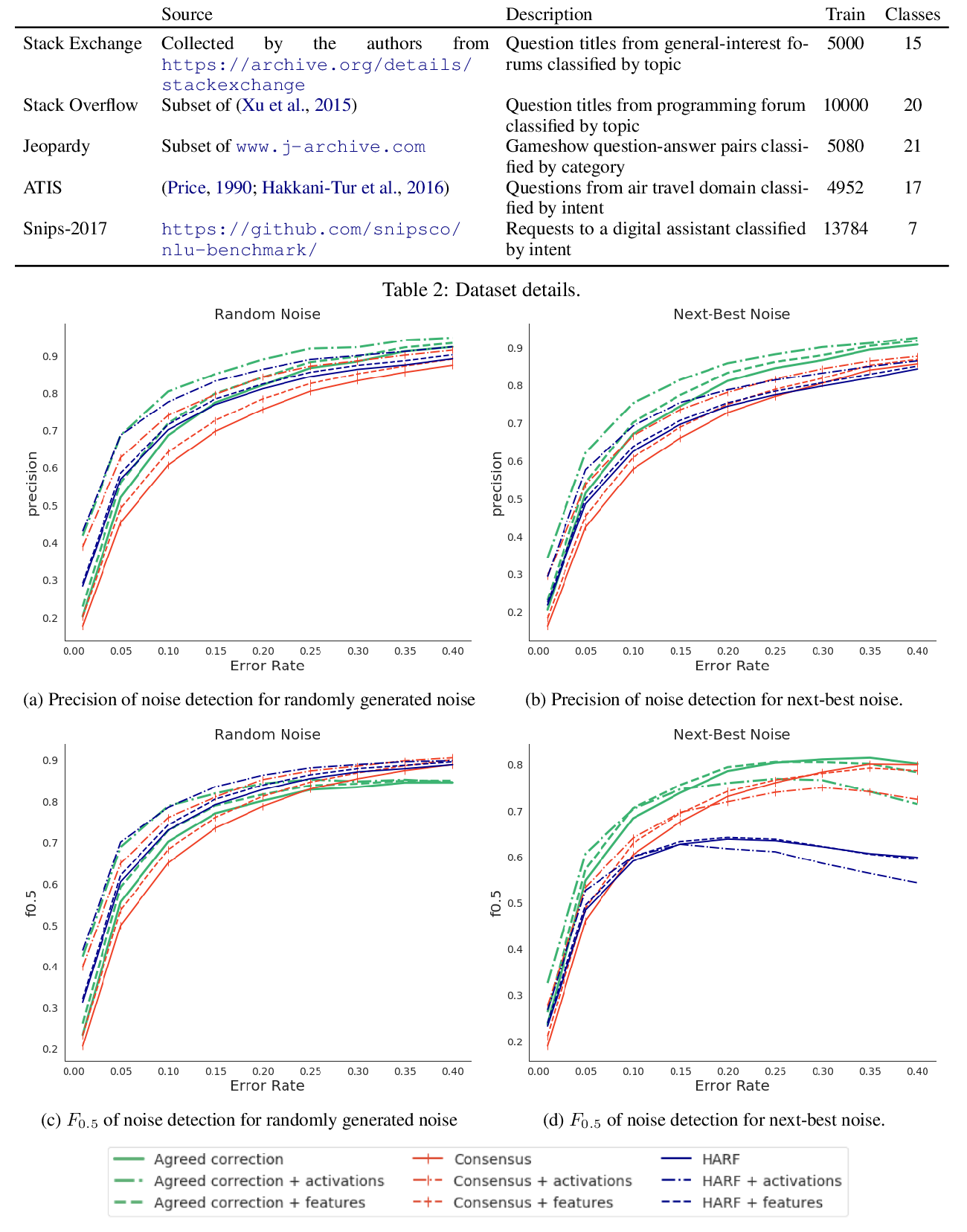Noise-Based Augmentation Techniques for Emotion Datasets: What do we Recommend?
Mimansa Jaiswal, Emily Mower Provost
Student Research Workshop SRW Paper
Session 4B: Jul 6
(18:00-19:00 GMT)

Session 13B: Jul 8
(13:00-14:00 GMT)

Abstract:
Emotion recognition systems are widely used for many downstream applications such as mental health monitoring, educational problems diagnosis, hate speech classification and targeted advertising. Yet, these systems are generally trained on audio or multimodal datasets collected in a laboratory environment.While acoustically different, they are generally free of major environmental noises. The result is that systems trained on these datasets falter when presented with noisy data, even when that noise doesn’t affect the human perception of emotions. In this work, we use multiple categories of environmental and synthetic noises to generate black box adversarial examples and use these noises to modify the samples in the IEMOCAP dataset. We evaluate how both human and machine emotion perception changes when noise is introduced. We find that the trained state-of-the-art models fail to classify even moderately noisy samples that humans usually have no trouble comprehend-ing, demonstrating the brittleness of these systems in real world conditions.
You can open the
pre-recorded video
in a separate window.
NOTE: The SlidesLive video may display a random order of the authors.
The correct author list is shown at the top of this webpage.
Similar Papers
Does Multi-Encoder Help? A Case Study on Context-Aware Neural Machine Translation
Bei Li, Hui Liu, Ziyang Wang, Yufan Jiang, Tong Xiao, Jingbo Zhu, Tongran Liu, Changliang Li,

NAT: Noise-Aware Training for Robust Neural Sequence Labeling
Marcin Namysl, Sven Behnke, Joachim Köhler,

Learning to Understand Child-directed and Adult-directed Speech
Lieke Gelderloos, Grzegorz Chrupała, Afra Alishahi,

